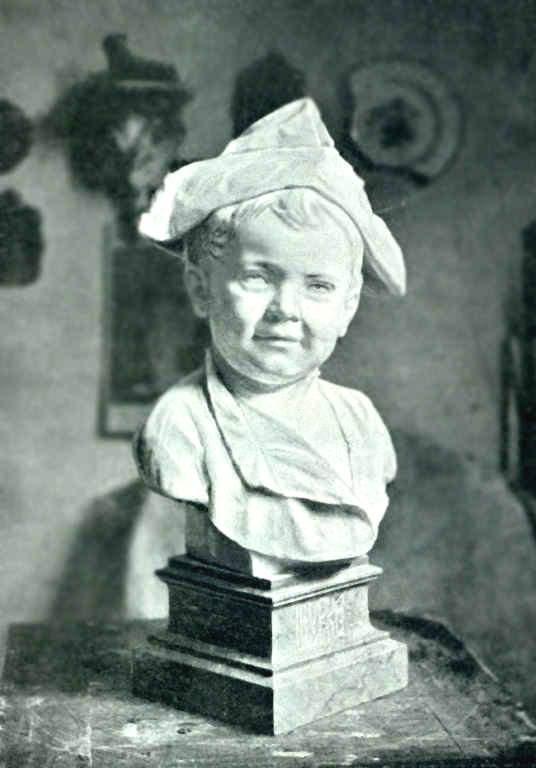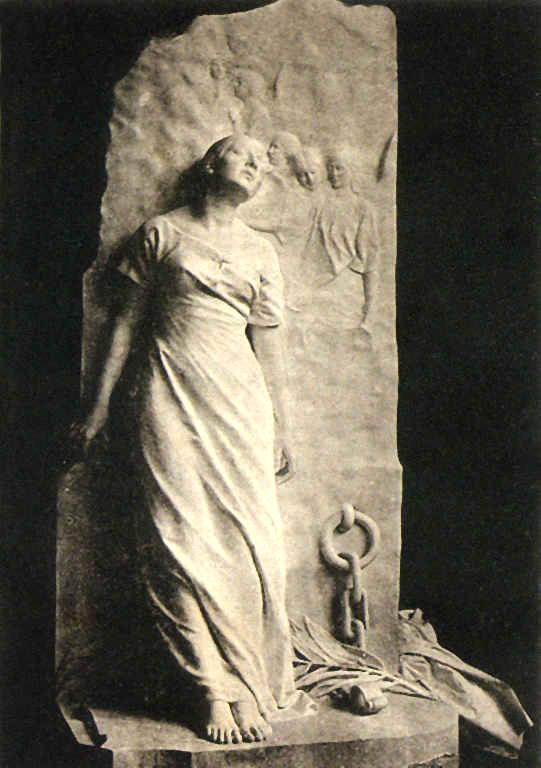The Legacy of Boris Edwards: An Artistic Journey
A memorial plaque for Boris Edwards has been installed in the Lyapunov Lane in Odessa, and the street Pysareva in the Kyiv district has been renamed in his honor.
Boris Edwards was born on May 27, 1860, in Odessa to a British father and a Ukrainian mother. He received his early artistic education at the Odessa Drawing School, where he studied under a professor from Milan.
In 1885, he held the first personal sculpture exhibition in Odessa before moving to Paris, where he continued his studies at the Julian Academy and worked with renowned artists, creating a portrait of Louis Pasteur.
Critics noted: “Edwards is one of the few artists of our time who fearlessly depicts the human body with love.”
In 1899, he organized a large exhibition in the winter garden of the Vorontsov Palace, and his works were displayed at international exhibitions in Paris and other cities.
He established the first bronze foundry in Ukraine to realize his grand sculptural ideas and was a co-founder of the Odessa Literary and Artistic Society and the Museum of Fine Arts.
His ancestry is diverse, including British, Ukrainian, Irish, and Spanish roots. Edwards could have inherited land in Manhattan but chose the path of art instead.
In 1918, he became the head of the Odessa Art School, helping to transform it into a higher educational institution. That same year, he held his final exhibition, summarizing 35 years of creative work.
In 1919, he emigrated to Malta, where he created a memorial for fallen heroes. He passed away on February 12, 1924, and was buried in Malta.







